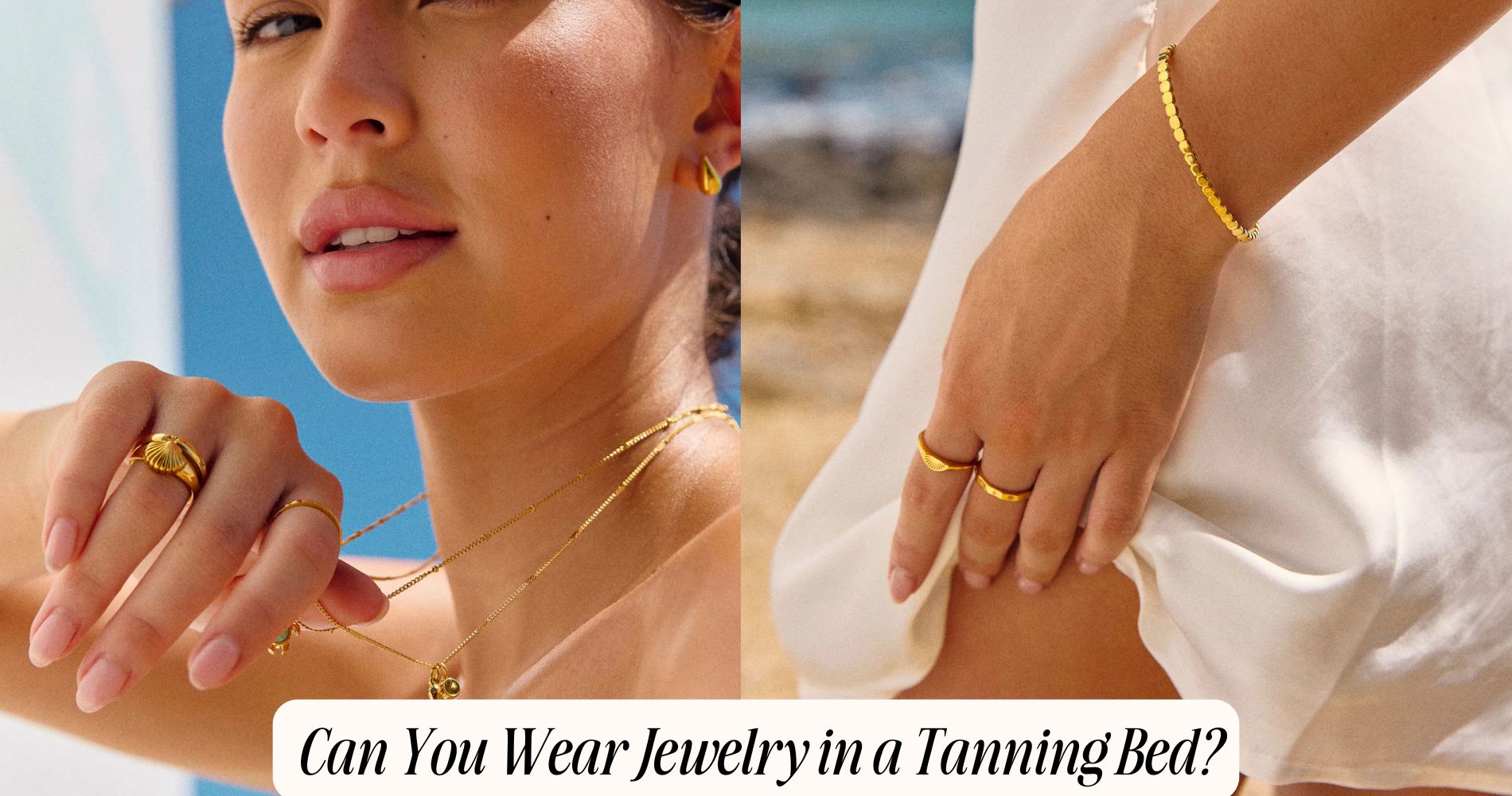
Can You Wear Jewelry in a Tanning Bed?
Can you wear jewelry in a tanning bed? It’s not a good idea. Metal can trap heat, leading to burns and skin irritation. Jewelry may also block UV light, causing uneven tanning, while dark stones can absorb rays unpredictably, creating patchy spots. Some materials might even trigger allergic reactions under intense heat. For a safer tanning experience, it's best to remove all accessories. However, if you're looking for safe alternatives, check out our tarnish-free jewelry collection for stylish options that won’t react to moisture or heat. Keep reading for more essential tanning tips!
Understanding Tanning Bed Mechanics
When you step into a tanning bed, it's vital to understand how the equipment works to achieve the best results safely.
Tanning bed operation involves the use of specialized bulbs that emit UV light. These bulbs simulate sunlight, triggering melanin production in your skin, which leads to tanning.
However, not all UV light effects are beneficial; overexposure can cause skin damage and increase the risk of skin cancer. It's important to adjust the time you spend in the bed according to your skin type and the bed's intensity settings.
Regularly monitoring your sessions and using protective eyewear will help guarantee a safer tanning experience.
Always follow the guidelines provided by the tanning salon to maximize your tanning benefits while minimizing risks.
Potential Risks of Wearing Jewelry
Wearing jewelry in a tanning bed can lead to skin irritation, as metal can trap heat and cause discomfort.
Additionally, jewelry can conduct heat, which may increase the risk of burns on your skin.
It's important to evaluate these potential risks before stepping into the tanning bed with any accessories.
Skin Irritation Concerns
Although jewelry can enhance your appearance, it can also lead to skin irritation during tanning sessions.
If you have skin sensitivity, wearing rings, necklaces, or earrings might cause chafing or allergic reactions. The materials in jewelry can react with tanning lotions or oils, increasing the risk of irritation.
To guarantee irritation prevention, it's best to remove all jewelry before tanning. This simple step reduces the likelihood of developing rashes or discomfort during and after your session.
Remember, your skin's health is paramount, and avoiding potential irritants will help you achieve an even tan without complications.
Heat Conductivity Issues
Since jewelry can conduct heat, wearing it in a tanning bed poses potential risks. Different jewelry materials, like metal, can facilitate heat transfer directly to your skin. This heat buildup might lead to burns or discomfort, especially in areas where the jewelry sits.
If you're wearing rings, bracelets, or necklaces, the chances of uneven tanning increase, as these accessories block UV exposure. Additionally, certain materials may react poorly to the tanning bed's heat, causing discoloration or damage to the jewelry itself.
To avoid these issues, it's best to leave your jewelry off before tanning. By doing so, you not only protect your skin but also preserve the integrity of your accessories.
Prioritize safety and comfort during your tanning sessions.
Types of Jewelry to Avoid
When using a tanning bed, it's best to avoid metal jewelry, as it can cause burns or discoloration on your skin.
Additionally, dark stones can absorb heat and intensify the tanning process unevenly.
To guarantee a safe tanning experience, consider leaving all jewelry at home.
Metal Jewelry Risks
Wearing metal jewelry in a tanning bed can pose significant risks to your skin and overall tanning experience.
Metal allergies are a common concern; wearing items made from nickel or certain alloys can lead to rashes or irritation when exposed to UV light.
Additionally, some jewelry materials can heat up quickly, causing burns or discomfort on your skin.
Items like rings, bracelets, and necklaces not only distract from even tanning but can also leave marks or uneven tan lines.
It's best to avoid all metal jewelry while tanning.
Opt for non-metal alternatives like plastic or fabric, which won't react negatively to UV exposure and will help you achieve a smooth, even tan without the added risks.
Dark Stones Absorption
Certain types of jewelry, particularly those featuring dark stones, can greatly impact your tanning results.
While dark stones may offer aesthetic appeal and various dark stone benefits, they can absorb UV rays unevenly, leading to patchy tanning or even skin irritation.
Jewelry styles that include onyx, obsidian, or dark gemstones should be avoided in tanning beds. The intense absorption of UV light by these stones can create noticeable tan lines or burns, ruining your tanning experience.
If you want to maximize your tanning results, it's best to leave any dark stone jewelry at home.
Stick to lighter-colored accessories or opt for no jewelry at all to guarantee an even and safe tan.
Your skin will thank you!
Alternatives to Wearing Jewelry
While you might be tempted to accessorize before hitting the tanning bed, there are several alternatives to wearing jewelry that can enhance your look without risking skin irritation or uneven tanning.
Consider opting for non-metal accessories like fabric bracelets, woven anklets, or hair ties. These options can add flair while being safe for your skin.
You can also explore natural alternatives, such as using essential oils or scented body lotions to give yourself a fresh, appealing scent.
If you want to make a statement, try a stylish headband or a chic scarf—both can elevate your appearance without the drawbacks of traditional jewelry.
These choices guarantee you feel fabulous while protecting your skin during tanning sessions.
Tips for Safe Tanning Sessions
Accessorizing with safe alternatives can enhance your experience during tanning sessions, but prioritizing safety is essential.
Before you hit the tanning bed, focus on proper tanning preparation. Make sure your skin is clean and free of any lotions or oils that can cause uneven tanning or irritation. Stick to a consistent skincare routine that hydrates and protects your skin without clogging pores.
Always wear protective eyewear to shield your eyes from harmful UV rays. Limit your tanning time to avoid overexposure, and consider starting with shorter sessions to gauge your skin's reaction.
Finally, stay hydrated by drinking water before and after your session. Following these tips can help you enjoy a safe and effective tanning experience.
The Importance of Skin Care
Maintaining a consistent skincare routine is essential for achieving healthy, radiant skin, especially when preparing for tanning. Proper skin hydration is vital; it helps keep your skin plump and prevents dryness, which can lead to irritation during tanning sessions.
Use a moisturizer that suits your skin type and apply it daily to lock in moisture.
Additionally, always prioritize sun protection. Even in tanning beds, your skin is exposed to UV rays, so applying a broad-spectrum sunscreen can shield your skin from potential damage.
Look for products specifically designed for tanning, as they can offer both hydration and protection.
Frequently Asked Questions
Can I Wear Piercings While Using a Tanning Bed?
You shouldn't wear piercings in a tanning bed due to potential skin irritation. It's best to follow safety precautions by removing any jewelry to prevent discomfort and guarantee an even tan without complications.
Do Tanning Beds Affect the Color of Certain Metals?
Tanning beds can cause metal discoloration, especially with certain materials. It's best to avoid wearing jewelry made from sensitive metals, as UV exposure might lead to unwanted changes in color or finish. Stay cautious!
Will Wearing Jewelry Increase Tanning Bed Session Time?
Wearing jewelry during tanning doesn't increase session time, but certain jewelry materials can reflect UV rays, potentially affecting tanning effects. It's best to avoid jewelry to guarantee an even tan and minimize skin irritation.
Can I Wear Makeup Along With Jewelry in a Tanning Bed?
You shouldn't wear makeup in a tanning bed for safety. Makeup can block UV rays, leading to uneven tanning. Always prioritize makeup removal before your session to guarantee a safe and effective tanning experience.
How Often Should I Replace Jewelry Used in Tanning Beds?
You should replace jewelry used in tanning beds regularly to guarantee proper jewelry maintenance and tanning bed safety. Inspect for any damage or discoloration every few months, and consider replacing items that show signs of wear.
Conclusion
To conclude, it's best to avoid wearing jewelry in tanning beds to prevent skin irritation, uneven tanning, and potential damage from heat. Stick to safer alternatives like silicone bands or leave your accessories at home. Always prioritize skin care by applying sunscreen and moisturizing before and after your session. By taking these precautions, you can enjoy a safer tanning experience and protect your skin from unnecessary harm. Stay informed and tan wisely!


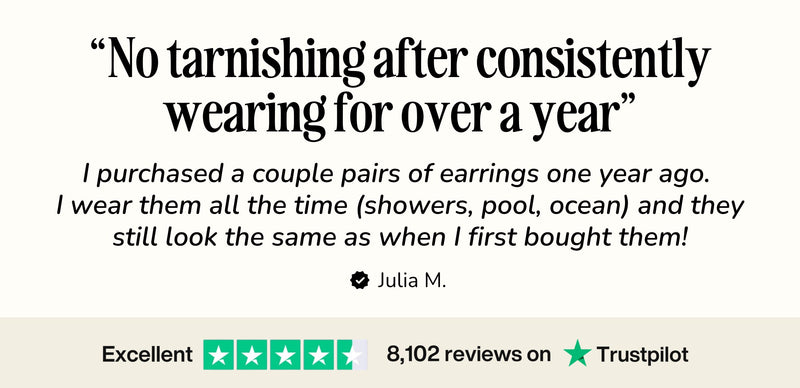




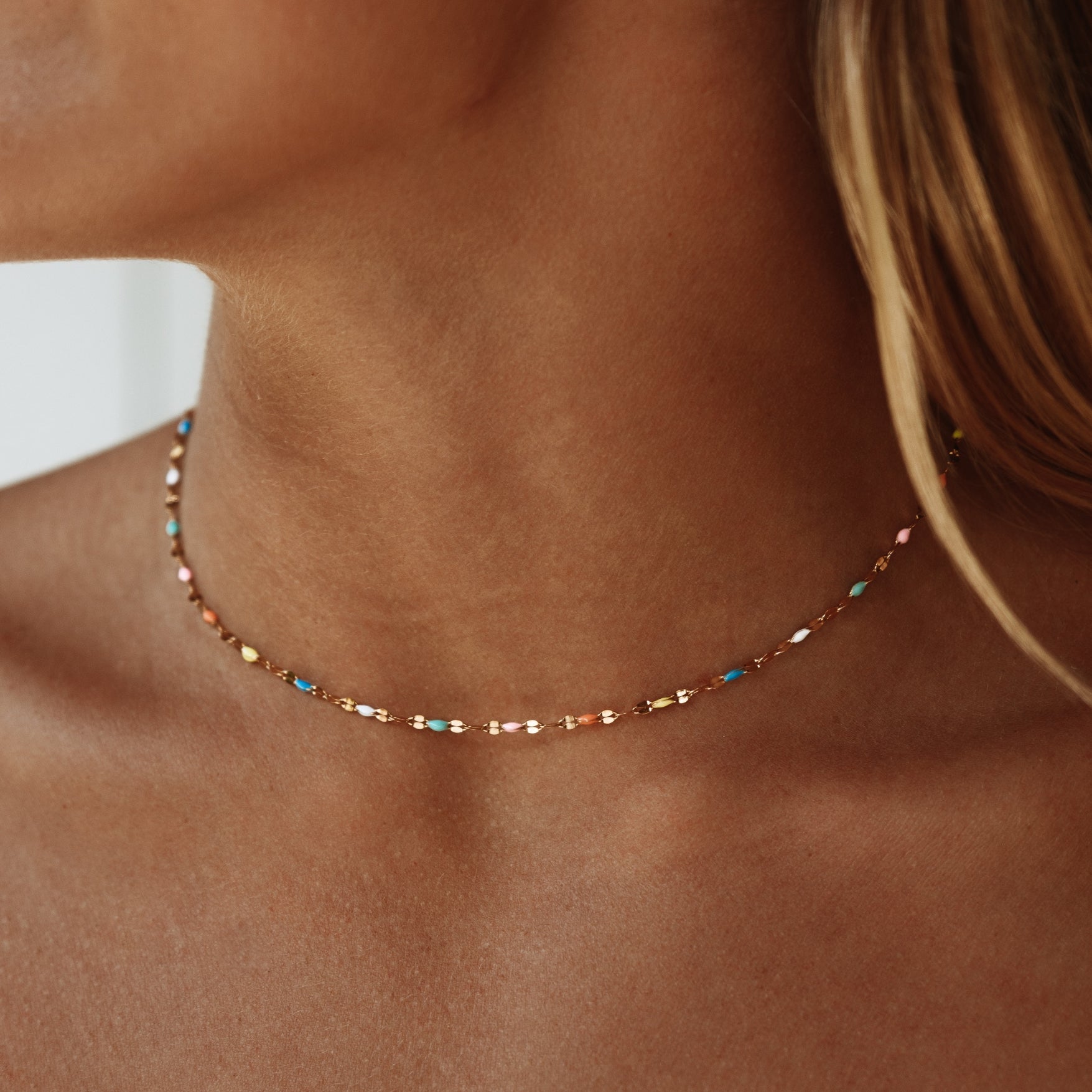
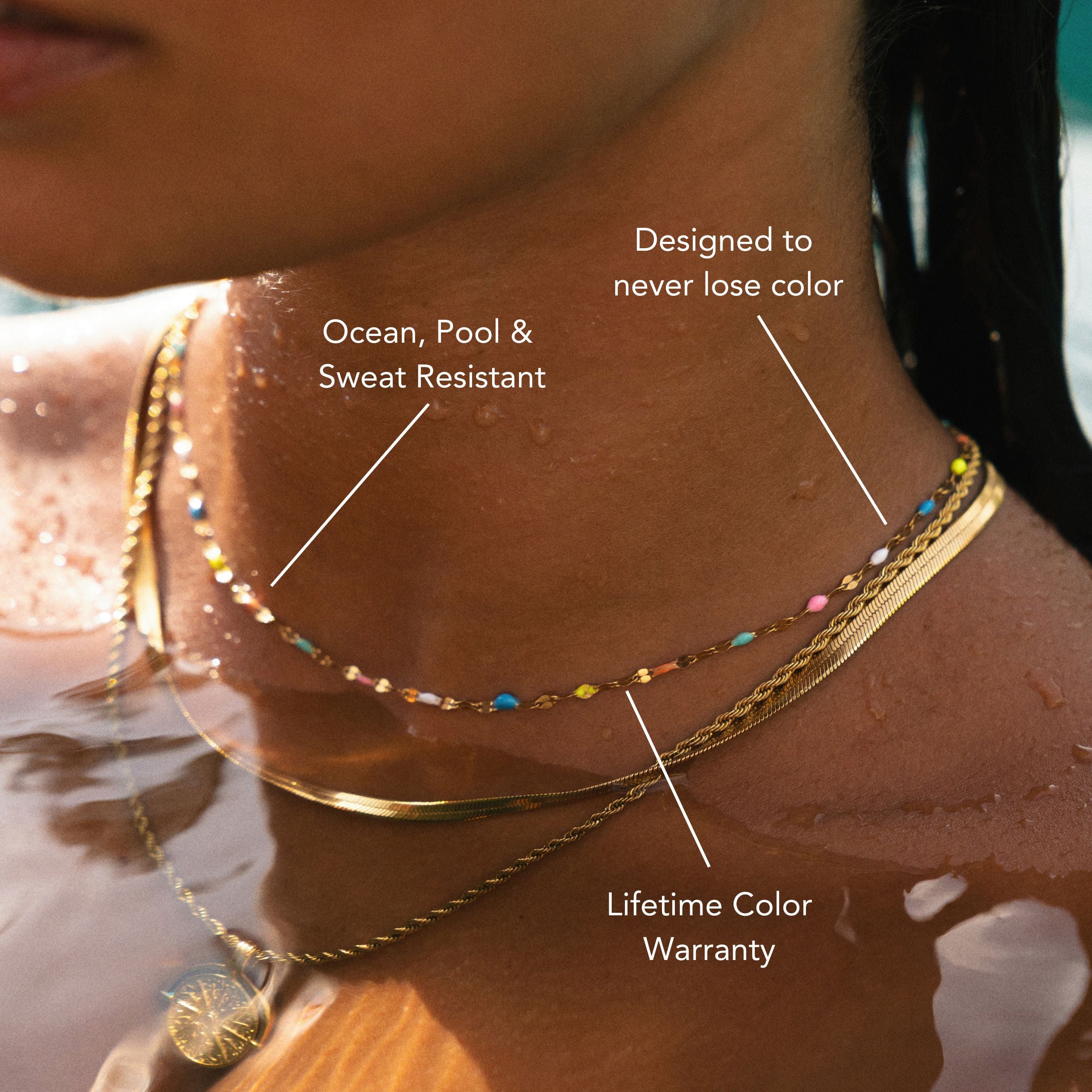
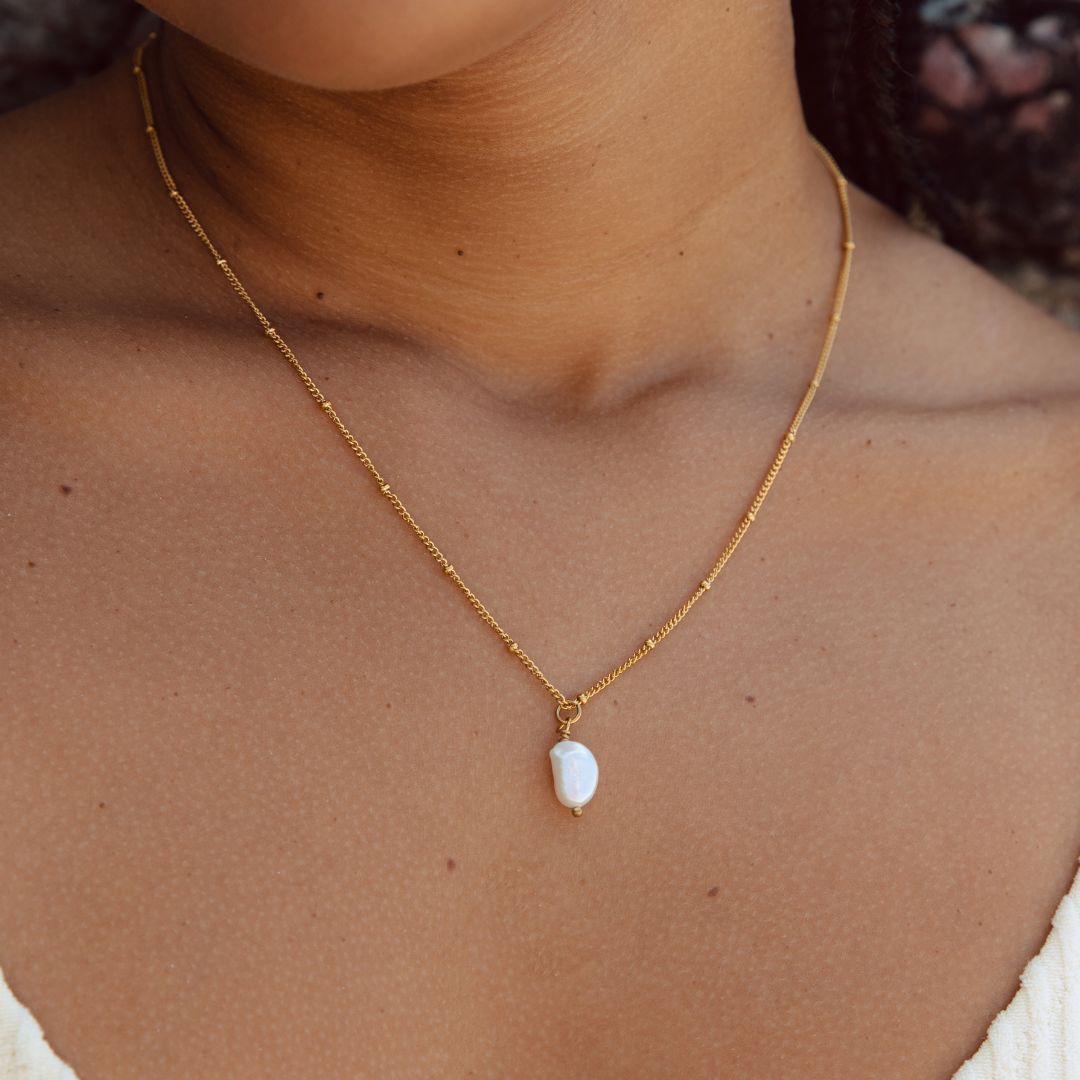
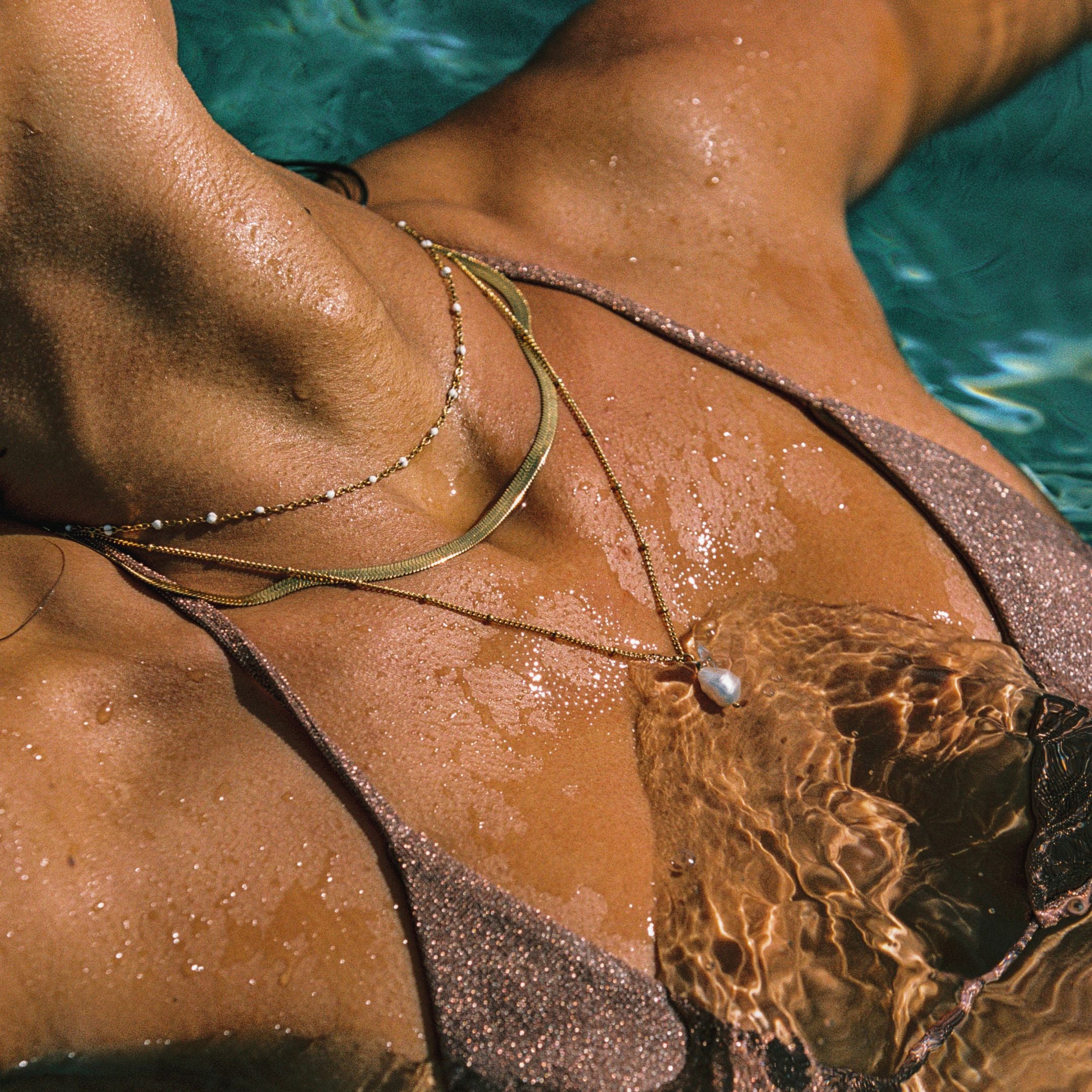
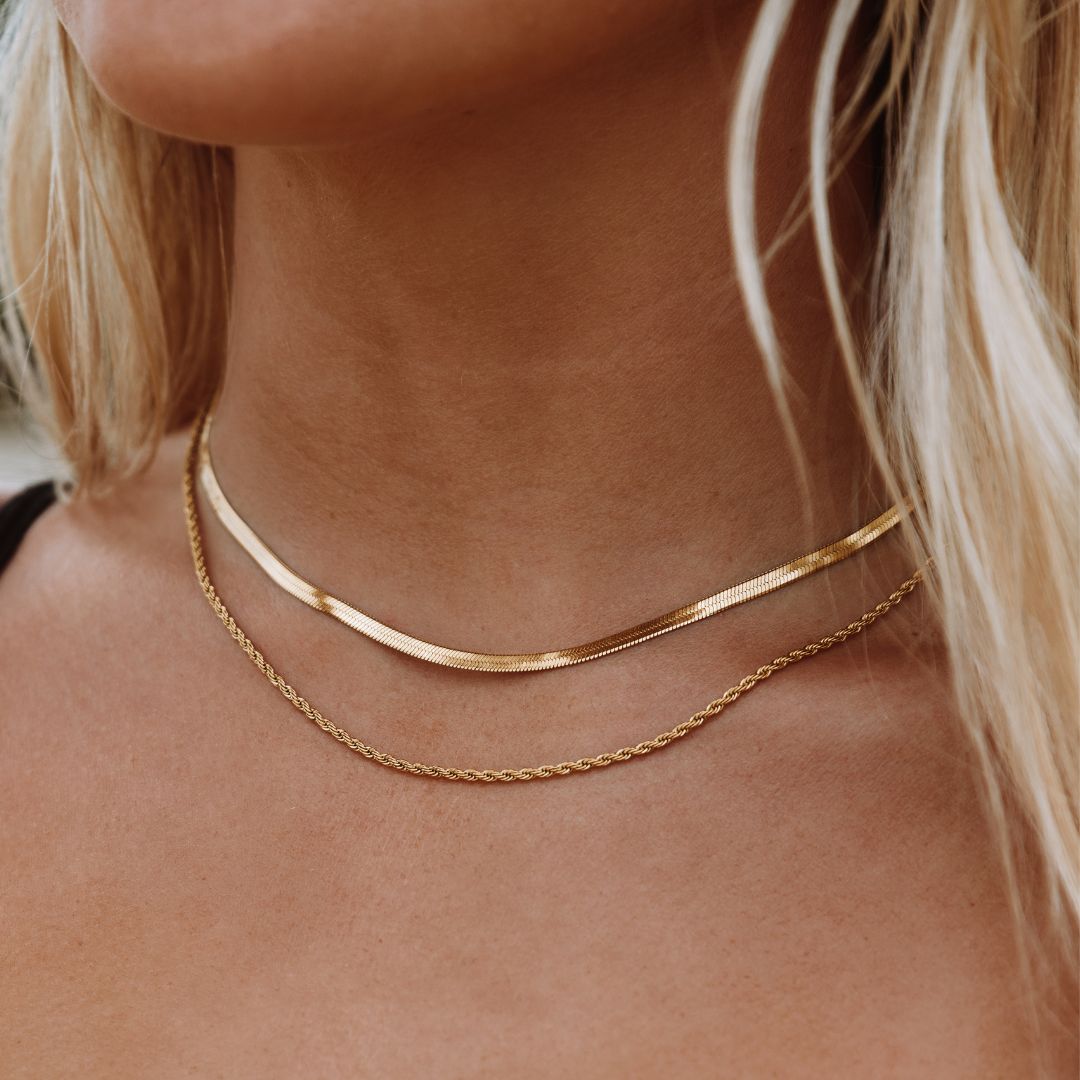
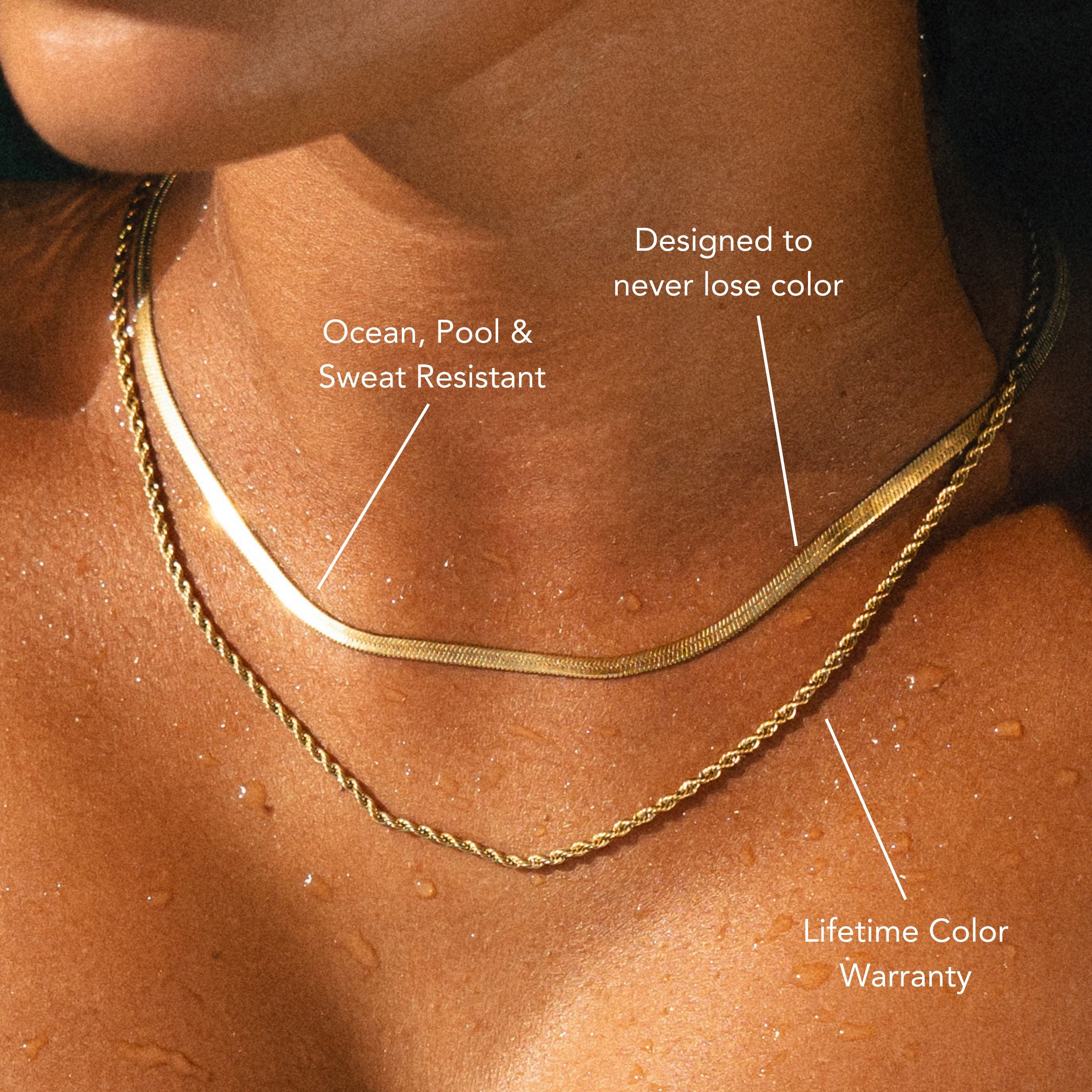
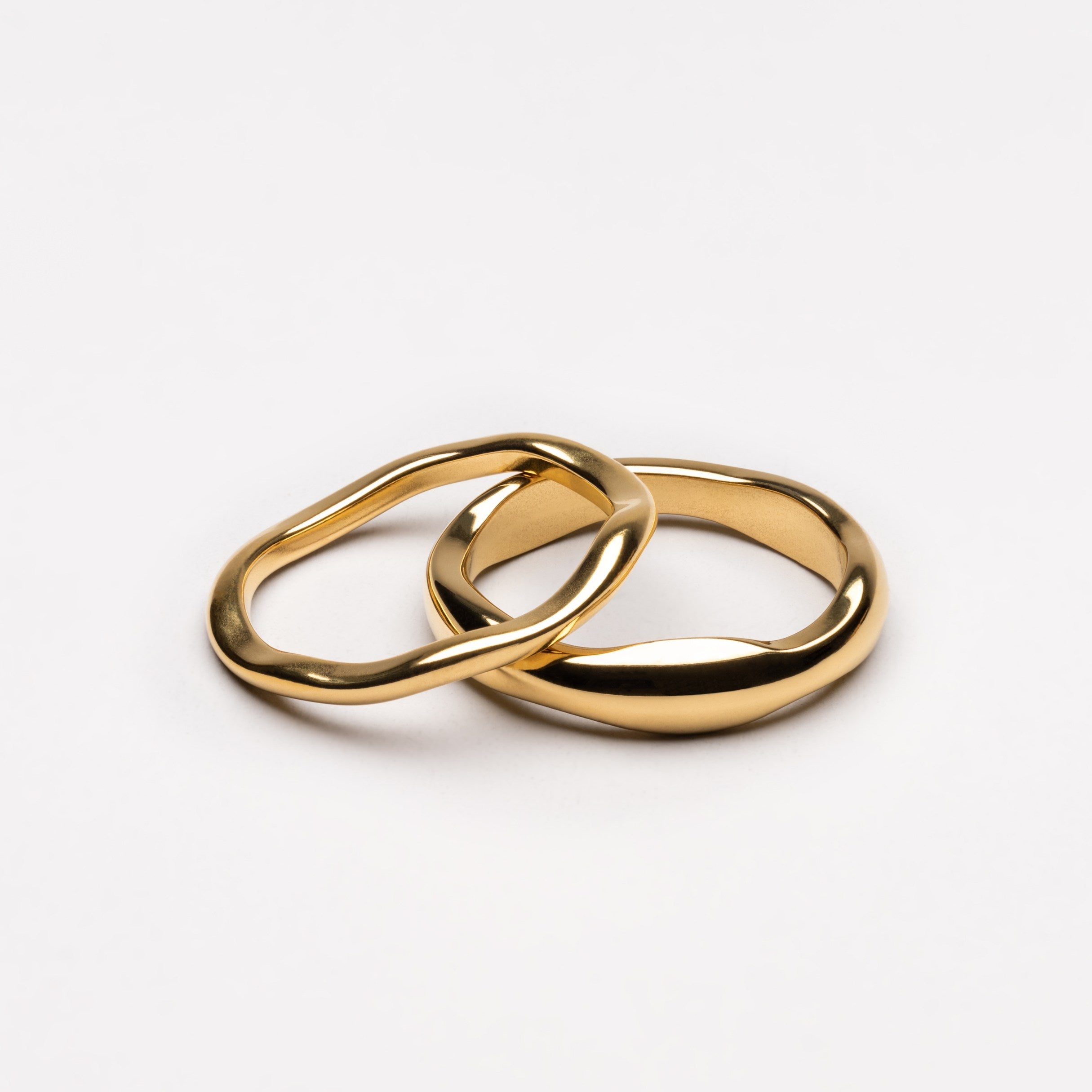
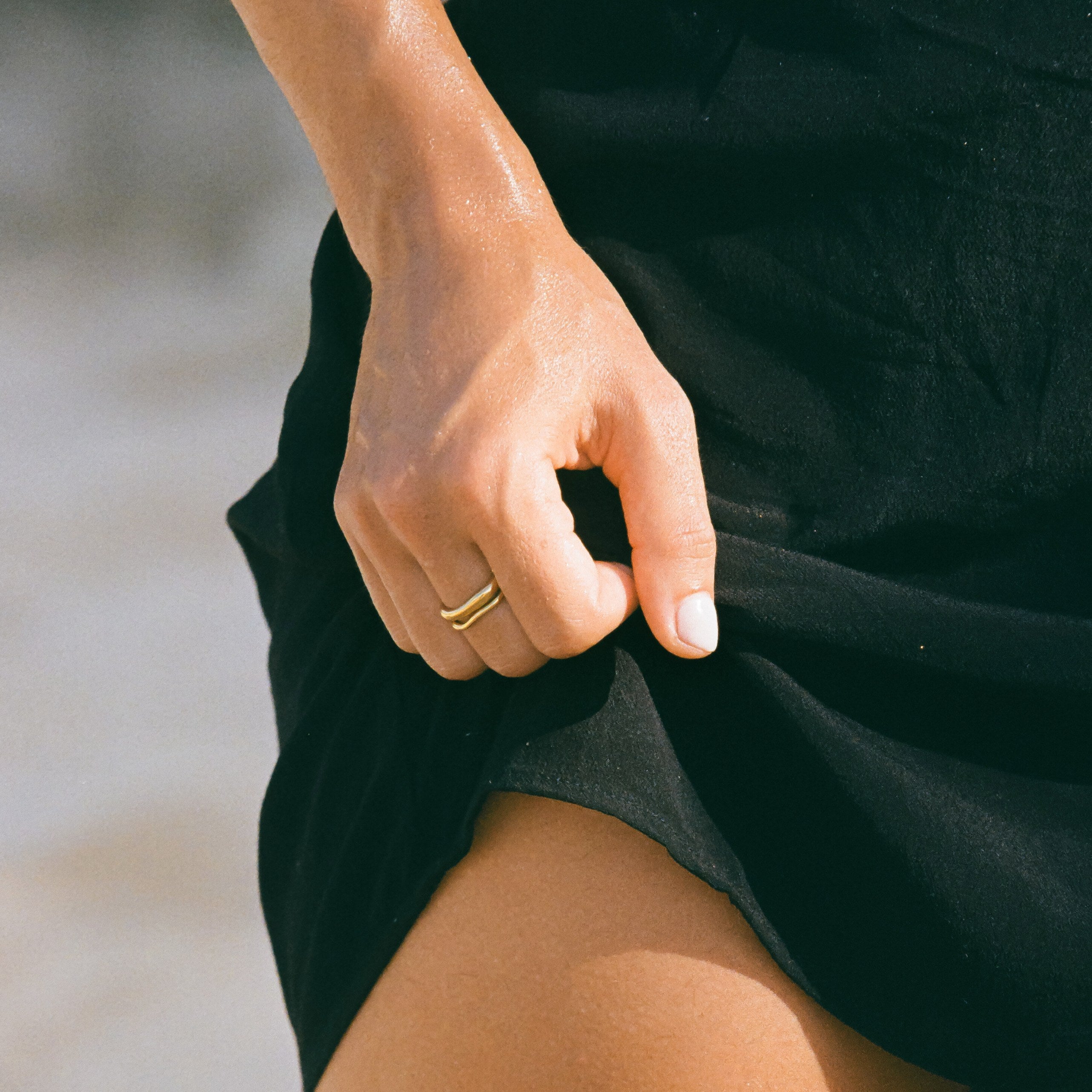
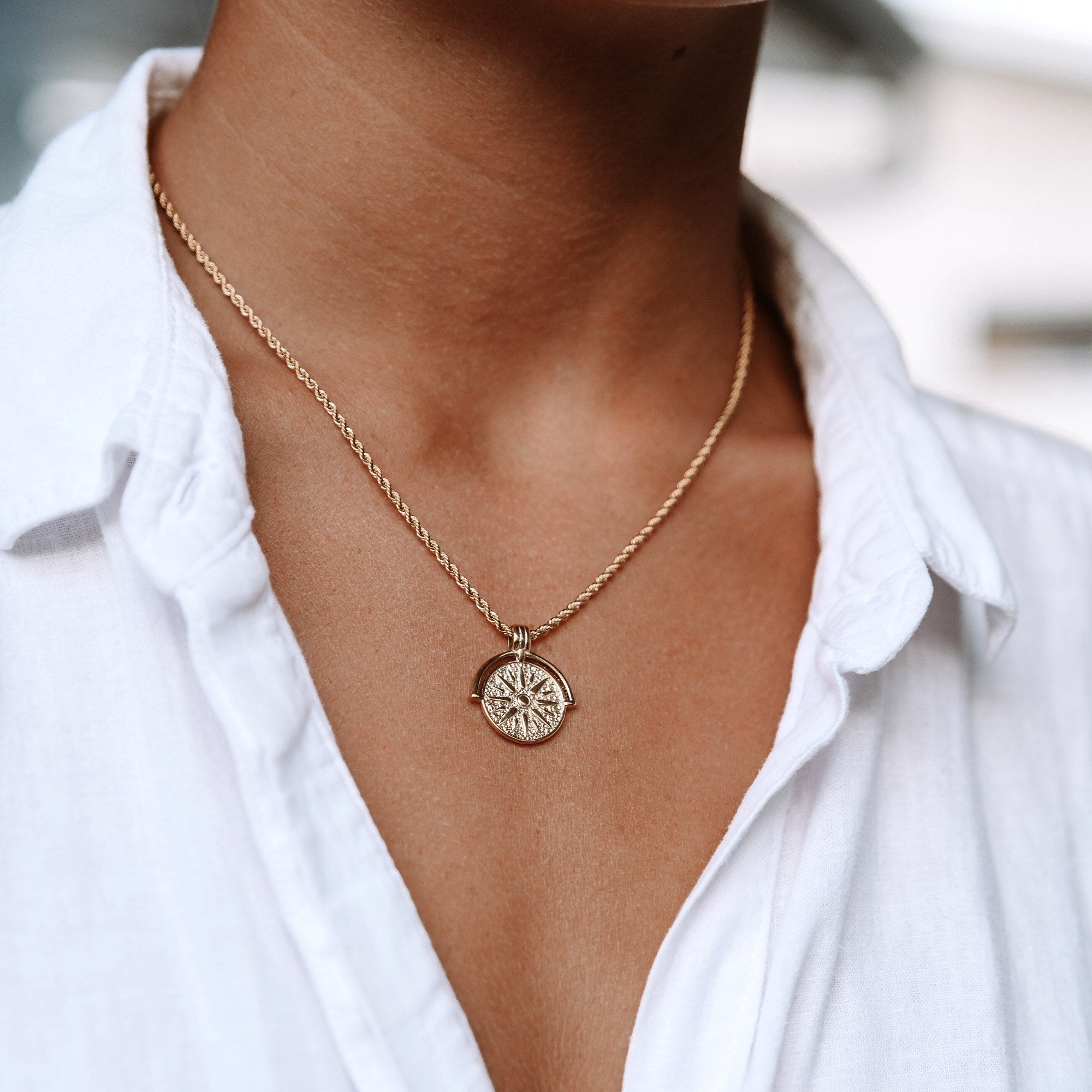
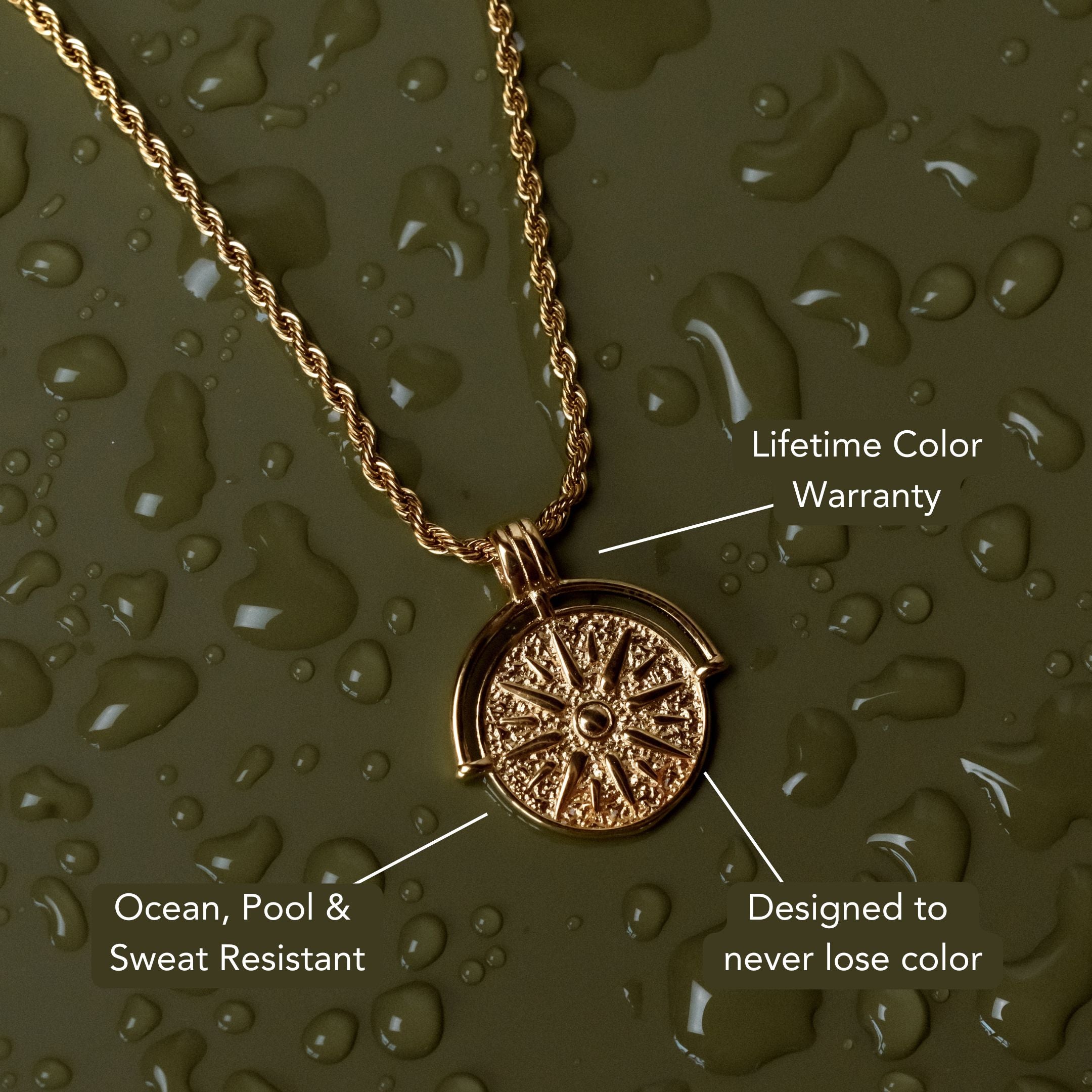
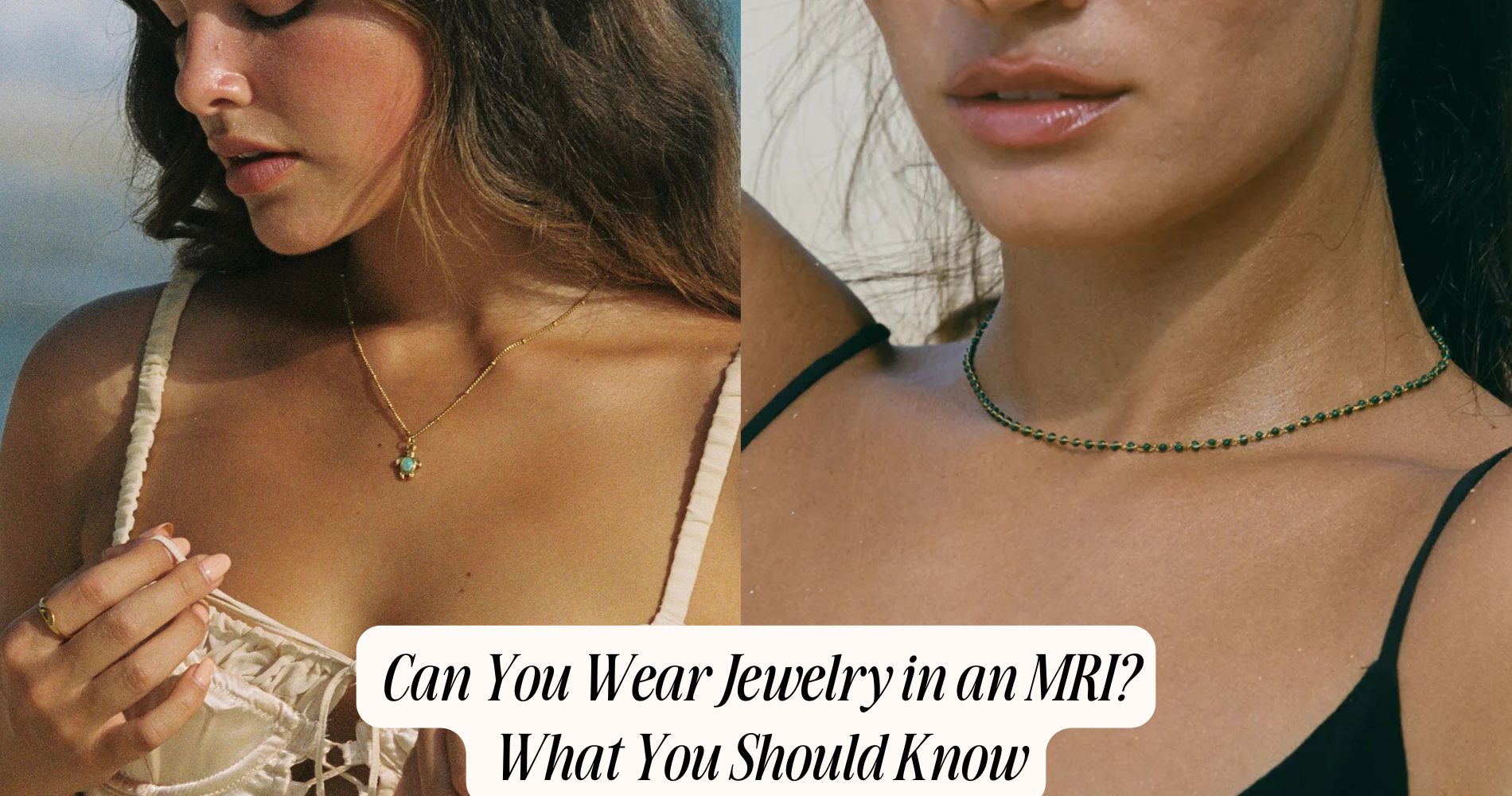
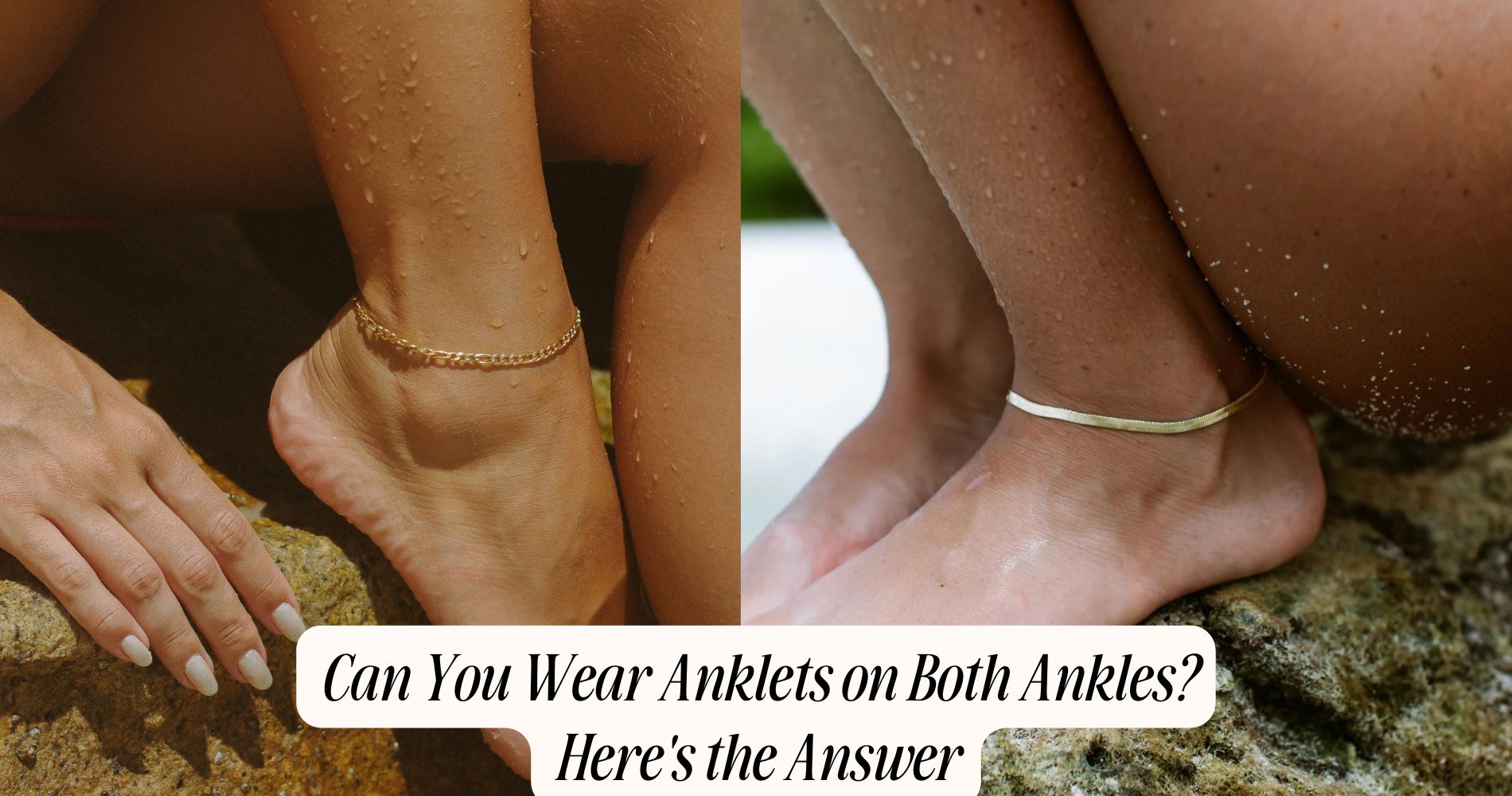




Leave a comment
This site is protected by hCaptcha and the hCaptcha Privacy Policy and Terms of Service apply.